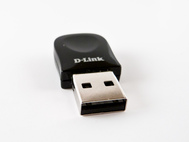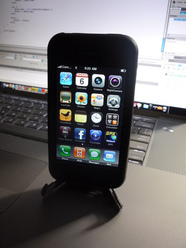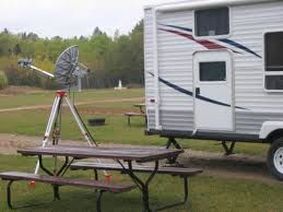Internet Service
|
When we talk with other RVers at campsites it seems we always end up talking about how to stay connected on the road. It is very confusing and can be costly. Many private RV parks have WIFI available and it's easy to connect but most state and federal parks do not have WIFI available.
I've been taking notes and reading forums to try and make an informed decision. This is what I've found: 
Free WIFI Hotspots
Wireless Fidelity or WIFI is offered free at many coffee shops, libraries, restaurants, and sometimes the RV campground. This is the least expensive route to take but not always the best. The connection might be spotty, not secured and very often the restaurant will limit your time on their free connection. WIFI has a range of approximately 1,500 feet in radius and this WIFI signal area is called a hotspot. Connections can be made with your smart phone, tablet or laptop using your wireless network card. I've spent many afternoons at McDonalds working because the campsite didn't offer WIFI. 
USB Connection
This connection is becoming outdated because the USB can provide service to only one computer at a time. You will need to purchase a mobile internet plan and it will have it's own data allowance, coverage and price. DataJack USB is a Plug and Play USB Device that provides 3G mobile broadband access on the go and costs about $70 for the device plus a monthly data plan. 
Cellular Phone/Tethering
Internet tethering is sharing your smart phone internet connection with your PC. If you're already paying for data service and your cellular provider doesn't require any extra fees for using your cell phone as a modem then you won't have to pay for separate mobile broadband service or buy additional hardware. Check your connection (at the status bar) and if there's a dot, an E or a 3G text, then you can connect. You must enable tethering by going to Settings then General then Network then Internet Tethering and then enable it. This will drain the phone's battery very quickly.If you have a USB port on your laptop that can also charge devices, tethering via the USB would be a better way to connect. Your smart phone is not your only option, The Apple iPad 4G Verizon tablet can serve as a mobile hotspot as can many smartphones on 4G data plans. In addition, many laptops and netbooks come with integrated 3G and 4G modems. 
MIFI
MIFI or My WIFI is a device that can be connected to a mobile phone and provide internet access for up to five devices in a 30 foot radius. This device acts as a mobile WIFI hotspot and the name MIFI is a Novatel Wireless brand. Wireless carriers such as Verizon Wireless and Sprint offer MiFi wireless devices along with the wireless service plans required for connecting to their networks. Other manufacturers that offer wireless hotspot devices include D-Link, Sierra Wireless, and NetComm. One of the great things about MiFI is that they are so easy to set up. All that is required is to turn on the unit and wait for your computer to detect the signal. Once this is done you can get online at broadband speeds instantaneously and there is no software to install. This may be an expensive option but might work well for your needs. 
Satellite
This is the most expensive route to take. There are fully automatic, roof mounted satellites that operate when the RV is stopped and then the tripod mounted that is manually aligned when moved. The cost of the roof mounted is approximately $6,000 installed and then $60 - $140 a month. The cost of the tripod mounted is approximately $2000 installed and then $60 - $140 a month. Satellite works well for folks that must be connected all the time and the download speed is fairly fast. Keep in mind your satellite might not work under the trees. Satellite does have an approximate 1 second delay compared to the ms delay in other connection methods. This means interactive applications such as gaming or Skype are almost impossible. 
Conclusion
So, with all this being said, are you more confused than ever? How are you staying connected? Let us hear from you and we'll be glad to add any of your ideas or information. I personally use my cell service with T-Mobile as a hot spot while traveling. We are on the 55 and over plan with unlimited service. I also have a Wilson WeBoost Drive 46-X/Travel cellphone Signal booster in our van. Our van also has a WIFI extender that is helpful in a campground with WIFI, Home is where you hang your @. ~ Author Unknown
HTML Comment Box is loading comments...
|
|
RV Home on the Road | Copyright 2011 - 2021 | All Rights Reserved
